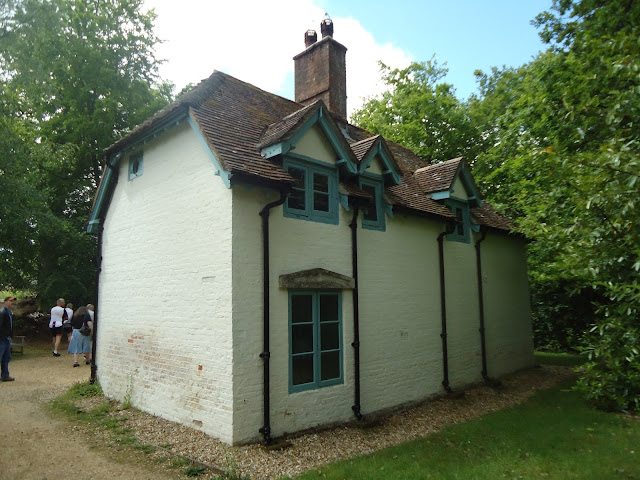Another good weekend meant another good walk in the countryside. This time we headed north to Bedfordshire and enjoyed the views of Dunstable Downs. Noted for its hilltop breezes, Dunstable downs is home to amateur kite-fliers and novice para-gliders. This day was no different.
Our 6.5-mile walk took us along some of the oldest known roads in England dating back to the Roman occupation.
there were wild cherries ripening,
old-fashioned fragrant roses,
poppy patches,
an archery range,

the London Glider Club,
a convenient - yet uncomfortable - couch carved from a tree trunk,
these guys, of course,
and some interesting posts with different colored glass discs. I have no idea what they're for, but have sent messages to several places hoping to get an answer. Once I hear back I'll update this post. So, you know, you guys can sleep at night.
Then it was back up the hill to the kite-fliers and para-gliders.
From there we took a short drive to the Pitstone Windmill. At one time there were 35 of these beauties dotting the landscape. Now this is the only one left.

































